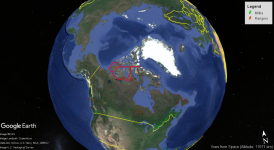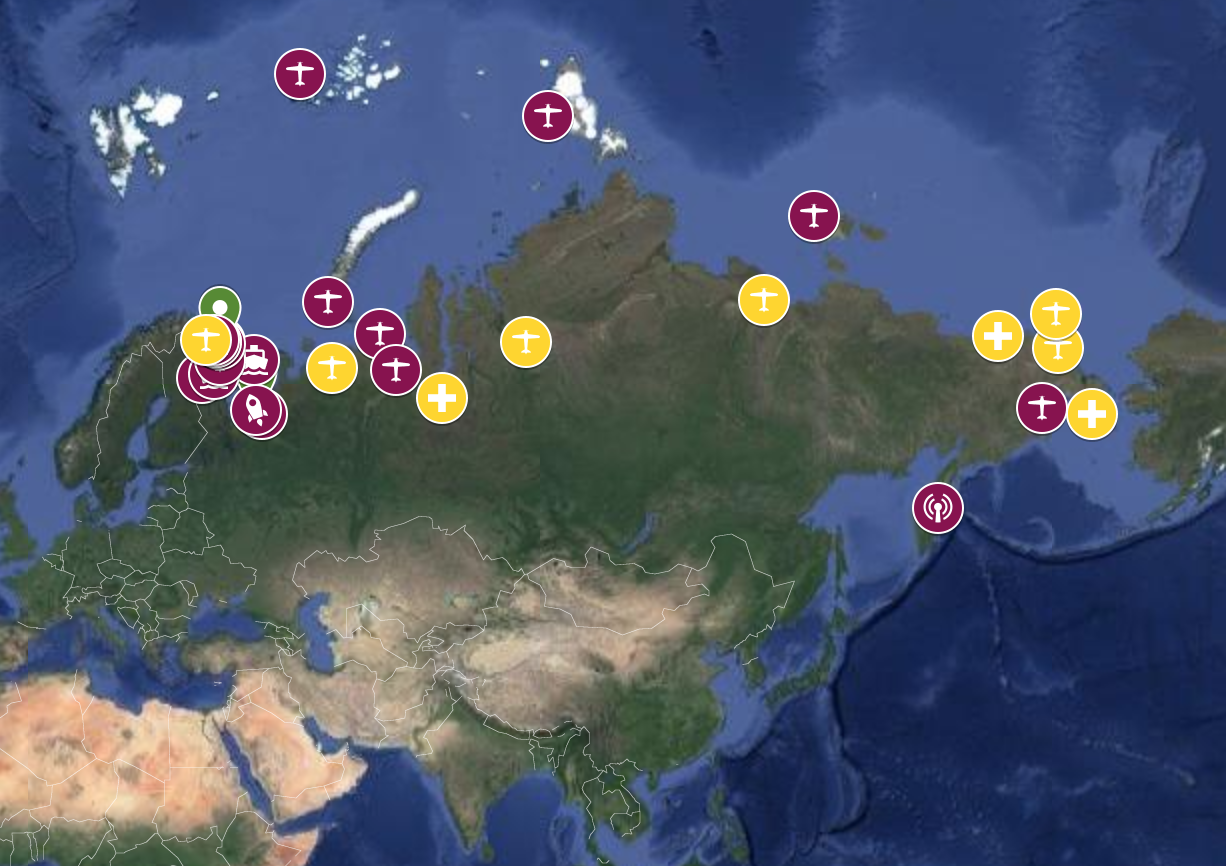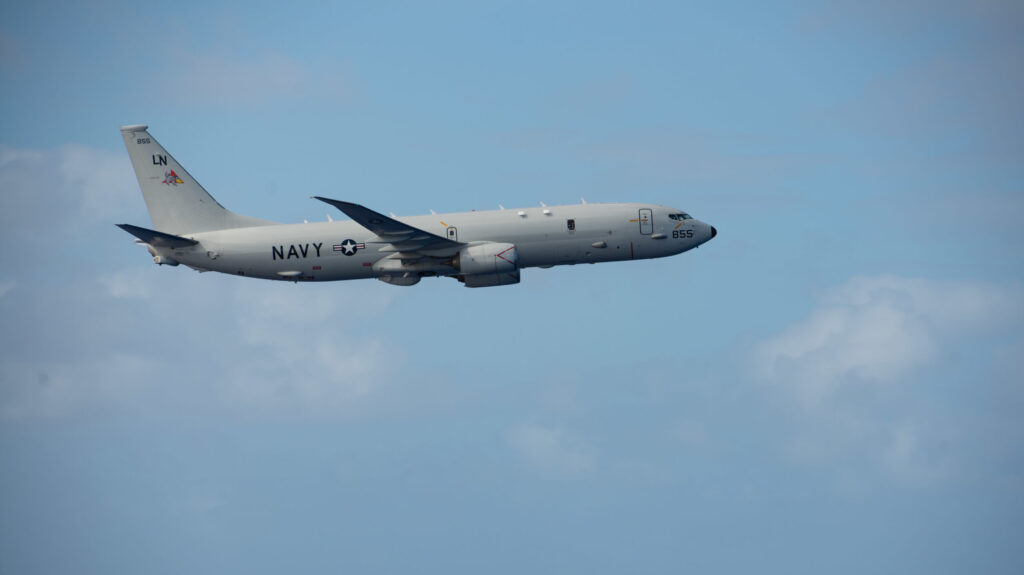Blackadder1916
Army.ca Fixture
- Reaction score
- 2,747
- Points
- 1,160
Pretty funny, and concerning on a variety of levels
Ich Bin Ein Indianer
Germany’s obsession with a past it never had
In one of its more equivocal forms, the experience of homesickness is rooted in an intuition that there is not and never has been a home. This occurred to me on an unseasonably warm spring afternoon, shortly after arriving in the town of Regensburg, deep in the heart of Bavaria. Outside the train station, I found a cab and asked the driver if he knew of the Regensburg Cowboy Club. He gave me the once-over. “Cowboy Club?” he queried. (I was lacking the requisite Western attire.) “Yes,” I said. “The Regensburg Cowboy Club.” He shrugged. “No problem,” he said.
I was in Regensburg on the advice of Murray Small Legs, my Blackfoot guide to Germany’s famously flourishing Indian hobbyist movement. As I was soon to discover, the presence of a Canadian at the Cowboy Club was a special occasion. My trip was a reversal of a pilgrimage that, for most hobbyists, is a right of passage: Instead of coming to North America to see real Native Americans, I was journeying to Germany to see pretend Indians.
Murray Small Legs, incidentally, is not a hobbyist; he is a real Blackfoot, from the Peigan reserve, in Alberta. He has been living in a suburb of Berlin since 1997, part of a growing aboriginal expatriate community in a country where an estimated 60,000 Germans convert, on weekends and holidays, into Nineteenth-Century Native Americans. For those who haven’t witnessed its curious pageantry, Indian hobbyism describes the imitation and study of Native-American culture by non–Native Americans. Typically, the hobbyist gatherings in Germany are organized around a central event, such as a powwow, a sweat lodge, or a rodeo. It was just such a gathering that I hoped to witness in Regensburg. The Regensburg Club, Murray Small Legs had told me, was hosting a weekend rodeo, and the local cowboys were expecting large contingents of dress-up Indians.
Located on the outskirts of town and forming a narrow border between a housing development and the farmland beyond, the Regensburg Cowboy Club is surrounded by a tall, Western-style wooden fence. The club occupies two or three acres of grassy land and is divided by a long, rectangular log cabin. On one side of this cabin is the Club’s camping ground, which, on this day, was dotted with brightly painted teepees. The other side was occupied by what looked to be a miniature Nineteenth-Century American frontier town. The fence, I realized, was designed not only to keep strangers out, but to mark a symbolic division of present-day Germany from the wild, unbridled West. Murray Small Legs had told me to ask at the gate for the “Chief.” The cowboy at the gate was shirtless, wearing a black ten-gallon hat, a leather vest, a pair of seriously new gwg jeans, cowboy boots, and a sheriff’s badge. “The Chief,” I said.
As I waited, I caught my first glimpse of Nineteenth-Century American life through the gate. A middle-aged German woman, wearing a horn-trimmed fur hat and a buckskin jumpsuit, chased after three young kids in fringed leather pants. I was fixed on a group of boys just behind them — who were dressed in leather loincloths, with American and Confederate flags on their heads — when the Chief approached. His outfit was similar to the gatekeeper’s, except it included a shirt, a handsome number of the classic, pearl-buttoned, Western variety. He extended his hand. Here it was, my first physical contact with Germany’s hobbyist movement, and it felt good.

Though we did go a couple of times to a 'cowboy bar' that was south of Lahr (I think it was near Ringsheim), it was definitely a different vibe from the typical C&W joints that were found in San Antonio (where I was prior to my posting to Germany). But there was a sub-culture of Deutscher cowboys in our small neck of the woods even back 30 years ago. However, I don't recall seeing any Indians to make the matched set but according to this site they were there, tucked away in the woods around Sulz.
Geschichte
Last edited:








